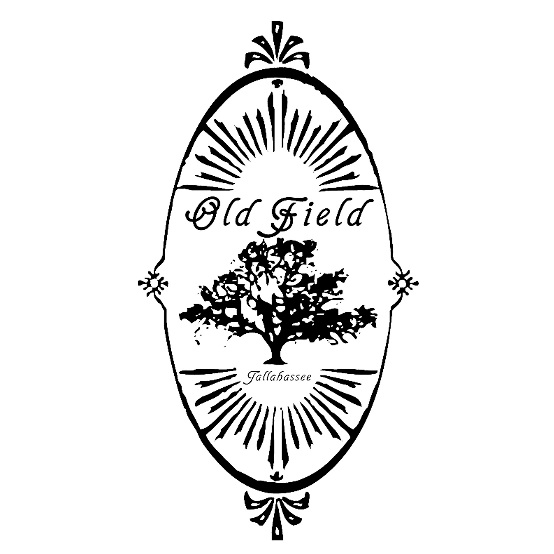Red Mountain was so much easier than I thought it would be
So far all we’ve climbed were mesas, which seem to be a much steeper grade. We pulled up to the base of the summit ready for a super challenge, but you know what?
The weather was nice, about 75 degrees. The traffic wasn’t too bad. And the road wasn’t steep at all. Granted, there were some dramatic cliff dropoffs to nowhere
But we climbed that thing in less than an hour
Then we picked some mountain wildflowers.
And then got to enjoy the coolest descent yet. One thing I do regret for this trip is not borrowing a GoPro, because riding down these mountains is so insane and I want to video it but it’s way too dangerous to take my hands off the handlebars. This is the safest video I could take.
The descent lowers you down into Ouray (pronounced “you’re ray”).
For a long time, this part of SW Colorado was cut off and secluded from the outside world. An enterprising businessman named Otto Mears started construction on a wagon toll road in the 1880s to link mountain mining towns, and it’s claimed that it cost him $10,000 per mile build. They had to lower workers by rope to set dynamite charges in order to start carving out the road. The original toll was placed over a canyon to make sure no one could skirt around it. Now it’s a badass overlook with a waterfall
Ouray is another mining town turned tourist town.
What’s crazy is no matter the size of the town, there’s probably a local brewery. In fact, I can only recall one town we’ve passed through that doesn’t have a brewery. The Ouray brewery has a balcony.
There’s only so much you can do in a tourist town, so we headed on. We stopped to eat lunch at a river, these mountain rivers are still a novelty.
Right near Ouray is Orvis Hot Springs. Everyone and their mother told us to stop at Orvis. It used to be Ute Indian land, as most of Colorado and Utah used to be. The last Ute chief was named Ouray, despite the fact that he was half Apache and appointed to be Chief by the U.S. Government. This made “treaties” with the Utes a lot easier to pass through. The Utes thought that these hot springs were spiritually healing and wanted to keep them and the rich farmland surrounding them. Well surprise, white settlers broke every treaty and pushed the Utes out, cornering them in two reservations in SW Colorado and NE Utah. The end.
Now, the rich farmland is used for pasturing cows and the hot springs are privately owned. The hot water is diverted into different pools of varying temperatures, so you can soak in a big warm pool or a ridiculously hot “lobster pot.” There are also saunas and cold showers and cool pools so you can really experience some radical temperature differences, which is supposed to be great for your body.
Did I mention that it was clothing optional? It was clothing optional. Unfortunately (fortunately?), there were no electronics allowed back in the springs so I can’t show you pictures of any of the pools or landscaping. Or naked people.
We were planning on camping at Orvis but it was a Friday night and we didn’t have reservations and all the camp spots were booked. So we soaked for a few hours till it was dangerously close to sundown, then headed to the Uncompahgre National Forest to find a campsite.
















